
In most places, corn is just food. But in Mexico, especially among its Indigenous communities, corn—or maíz—is life, ancestry, memory, and god. Welcome to the Sacred Corn Festivals, where ancient traditions still sing the praises of the golden grain.
For the Maya, the Zapotec, the Mixtec, and the Nahua, corn isn’t just something you eat. It’s the flesh of the gods. According to ancient mythology, humanity itself was sculpted from maize dough by divine hands. And every year, as the crops grow tall under the Mexican sun, entire communities gather to celebrate, protect, and honor this sacred being.
The Origins: Born of the Maize
The Popol Vuh, the K’iche’ Maya creation myth, tells us that after multiple failed experiments, the gods finally succeeded in creating humans—not from clay or wood—but from corn. It wasn’t metaphor. It was fact. Maize was not a product of the earth. It was the essence of what it means to be human.
This worldview still lives on in rural Mexico, especially in the southern highlands. Communities hold ritual plantings, offerings, and harvest festivals that blend pre-Hispanic spirituality with Catholic influence. The result? A colorful, deeply moving celebration of life, nature, and renewal.
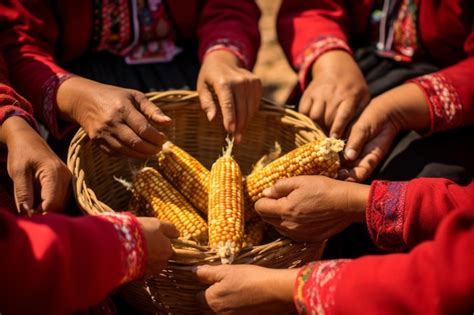
Milpa Magic: Where the Corn Grows
The traditional farming system known as milpa is central to Indigenous agriculture. It's a rotating field where corn, beans, and squash are planted together in ecological harmony—a practice older than most civilizations.
Before the planting begins, many farmers still ask permission from the spirits of the earth. Shamans or community elders may offer tobacco, flowers, or cornmeal at small altars near the fields. The idea is simple: this land is sacred, and nothing grows without gratitude.
Rituals of Maize and Gratitude
In villages across Oaxaca, Chiapas, Puebla, and Guerrero, the Sacred Corn Festival often coincides with planting or harvest seasons. Participants dress in embroidered garments, carry ears of corn like relics, and dance barefoot in circles to the sound of flutes and drums.
Some communities erect towering corn altars in central plazas, decorated with maize husks, dried flowers, and candles. Offerings of tamales, chocolate, and mezcal are made to the Earth Mother. And in some areas, young girls are chosen to represent the Corn Maiden—a living embodiment of fertility and growth.
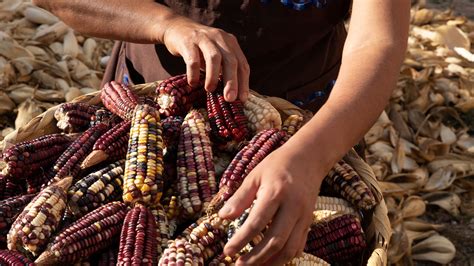
Corn as Culture, Corn as Resistance
For many Indigenous communities, honoring corn is also a form of resistance. Against GMO crops. Against monoculture. Against the erasure of ancestral knowledge. When people plant heirloom corn seeds, passed down for generations, they’re doing more than feeding their families—they’re preserving identity.
The festivals are a living archive. They keep oral history alive, from the songs of planting to the blessings whispered into the soil. And they remind the world that maize is not just an ingredient in tacos—it’s a cosmic partner in the dance of life.
Culinary Rituals: Eating the Divine
In many regions, sacred corn festivals aren't just about planting and harvesting—they're about eating together. Families gather to prepare tamales, tortillas, and atole using ancestral recipes. These meals aren't casual—they're ceremonial. Every bite is part of a prayer, a connection to the land and to ancestors who once worked the same soil.
Some communities even hold communal corn feasts, where everyone contributes a dish made from heirloom maize. The act of sharing food becomes sacred in itself, reinforcing community bonds and reminding everyone that maize feeds both body and spirit.
Women as Guardians of the Seed
Behind many corn festivals, you'll find women—keepers of culinary knowledge, seed preservation, and ritual storytelling. In households and marketplaces, women pass down the skills to nixtamalize corn, a process that unlocks its full nutritional power. They also guard seed banks, selecting kernels for next season's planting with care that borders on the spiritual.
Their role isn't just domestic—it’s cosmic. In many myths, maize goddesses mirror their work: nurturing, sustaining, and reviving.
Join the Celebration
Visitors are often welcome at these festivals, but respect is essential. Many ceremonies are not performances—they’re prayers. Ask before photographing. Participate with humility. And if you’re offered a tamal or a sip of atole, take it. That’s maize welcoming you.
- When: Varies by region, often around April (planting) and September–October (harvest).
- Where: San Juan Chamula (Chiapas), Teotitlán del Valle (Oaxaca), Sierra Norte de Puebla.
- What to Bring: Curiosity, respect, and maybe a flower to leave at the altar.
The Humble Grain that Shaped a People
To see a Sacred Corn Festival is to witness history, myth, and agriculture come alive in a single moment. It's an invitation into a world where a grain of maize is also a thread in the cosmic tapestry—and a reminder that even the humblest seed can hold the soul of a people.
Share this story and inspire others.
Tags: Mexico corn festival, Sacred Maize, Mesoamerican traditions, Milpa rituals, Indigenous Mexico, hidden wonders
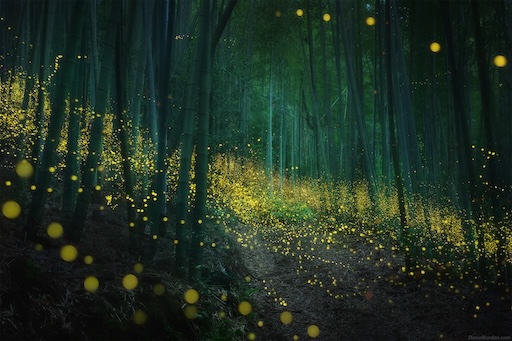 Firefly Phenomenon (Hotaru Season) – Magical Nights in Japan
Firefly Phenomenon (Hotaru Season) – Magical Nights in Japan
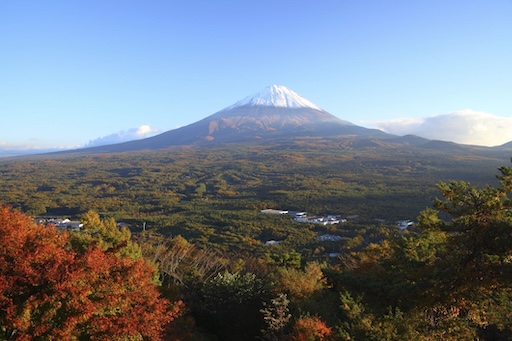 Aokigahara Forest – The Magnetic Silence of Mount Fuji’s Lava Woods
Aokigahara Forest – The Magnetic Silence of Mount Fuji’s Lava Woods
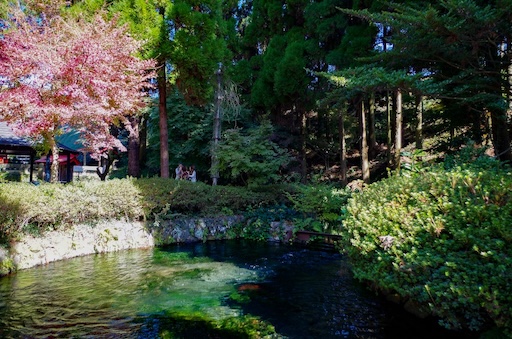 Shirakawa Suigen – Kumamoto
Shirakawa Suigen – Kumamoto
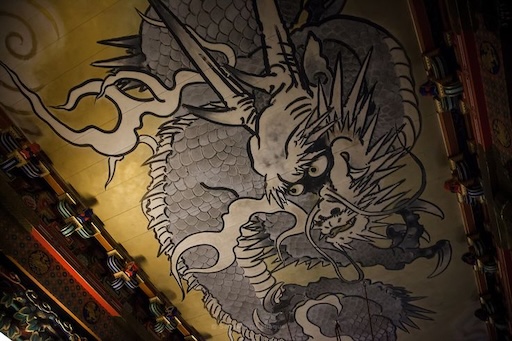 Nikko’s Crying Dragon – Tochigi
Nikko’s Crying Dragon – Tochigi
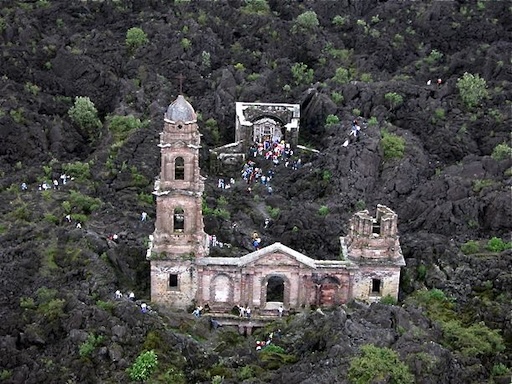 Paricutín Volcano – The Volcano That Was Born in a Cornfield
Paricutín Volcano – The Volcano That Was Born in a Cornfield
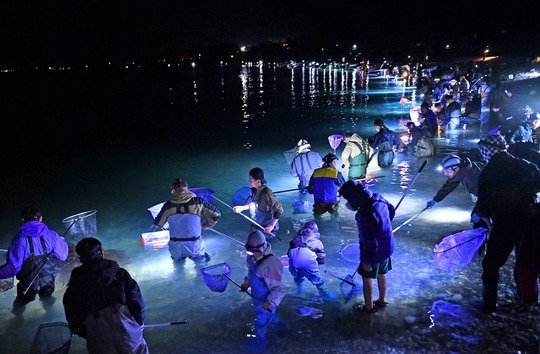 Bioluminescent Firefly Squid (Hotaru Ika) – Toyama Bay
Bioluminescent Firefly Squid (Hotaru Ika) – Toyama Bay